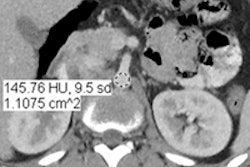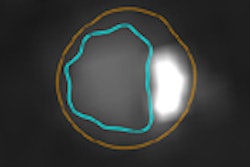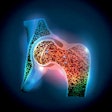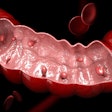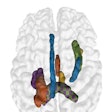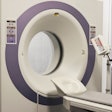Thursday, November 29 | 11:10 a.m.-11:20 a.m. | SSQ03-05 | Room S405AB
Both adaptive statistical iterative reconstruction (ASIR) and model-based iterative reconstruction (MBIR) improve image quality at low doses, but does GE Healthcare's more advanced MBIR algorithm produce noticeably sharper lung images?"My research focuses on image quality in reduced-dose CT," said Dr. Masahiro Yanagawa, PhD, from Osaka University Graduate School of Medicine in Japan. "The aim was to evaluate thin-section CT images of the cadaveric lung reconstructed using ASIR and MBIR on ultralow-dose CT by comparing to [filtered back projection]" reconstruction.
The researchers evaluated 10 cadaveric lungs using CT (Discovery HD750 CT, GE) with 0.625-mm detector collimation, 120 kV, and 20 mAs. ASIR and MBIR reconstructions were compared by two independent observers. In normal and abnormal findings alike, both techniques improved image quality, but MBIR improved it more, particularly with regard to vessels, bronchi, bronchiole ground-glass opacities, and small nodules, according to the study team.
"In particular, MBIR can provide the best image quality by decreasing image noise and artifact," Yanagawa said. "Although the prolonged processing time of MBIR may currently limit its routine use in clinical practice, MBIR may be the most useful for reducing radiation dose without image degradation on chest CT."




